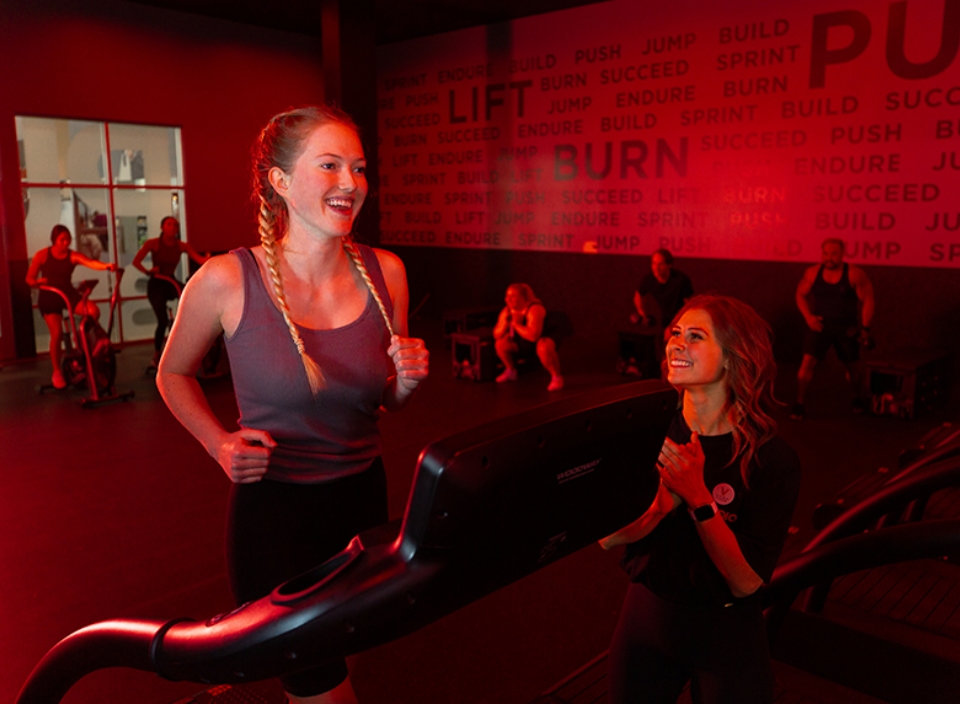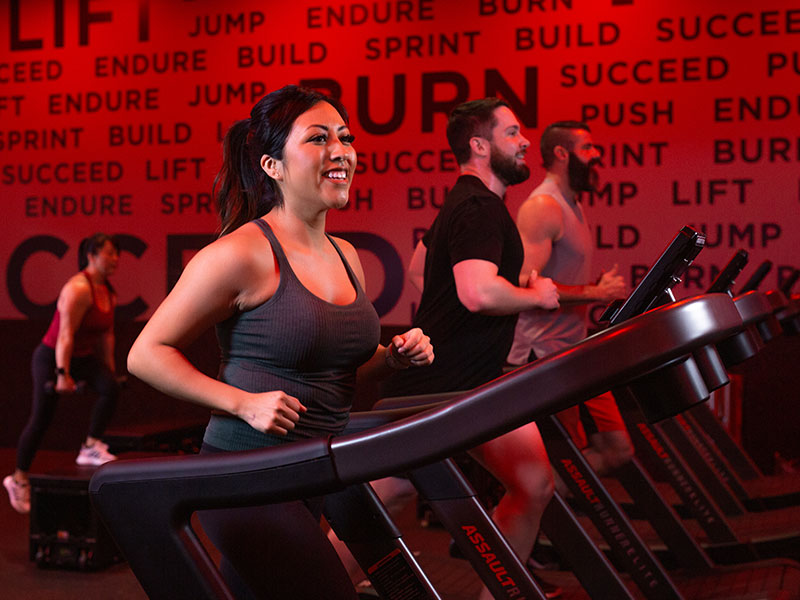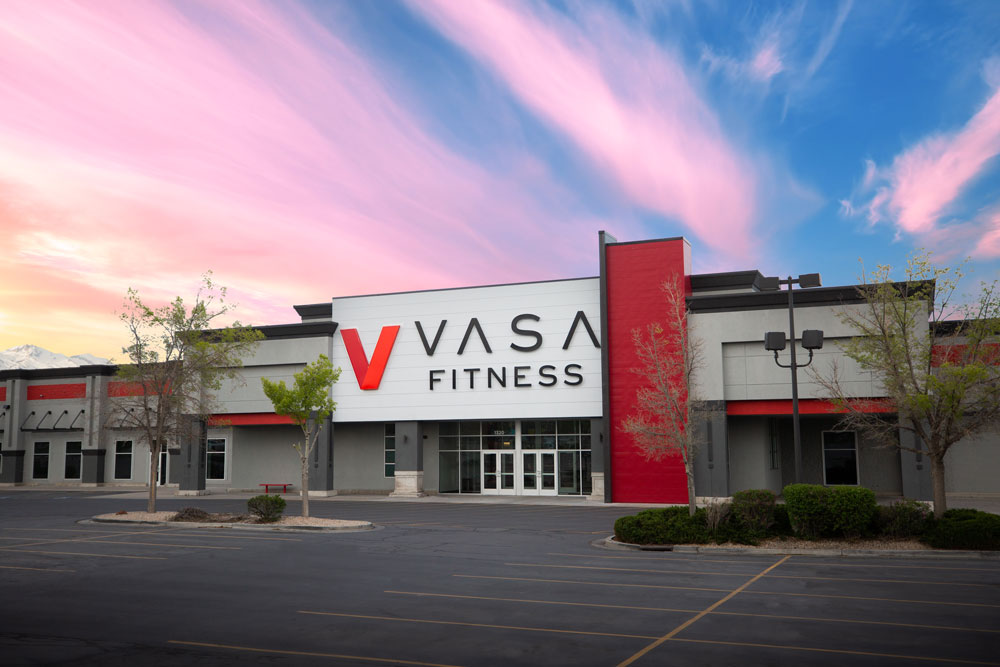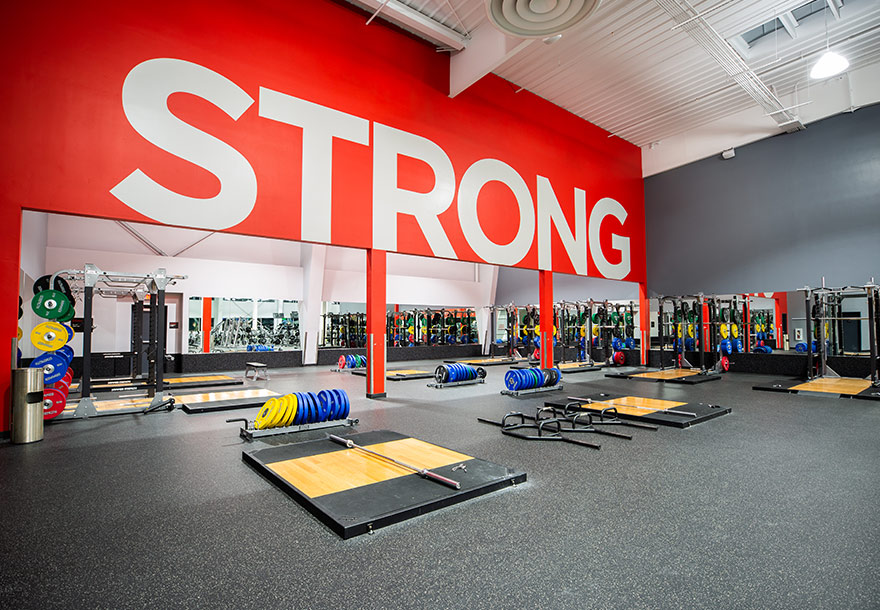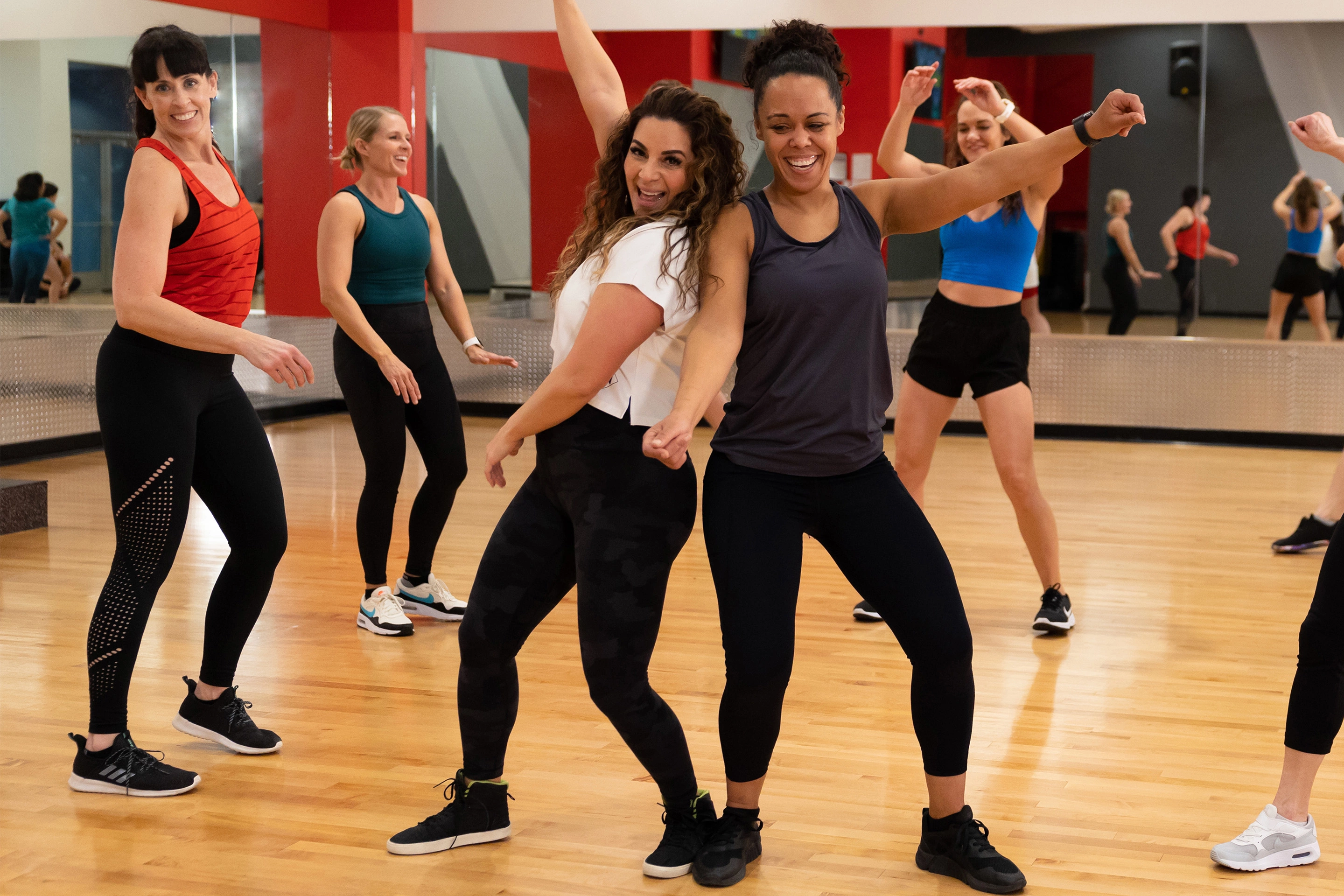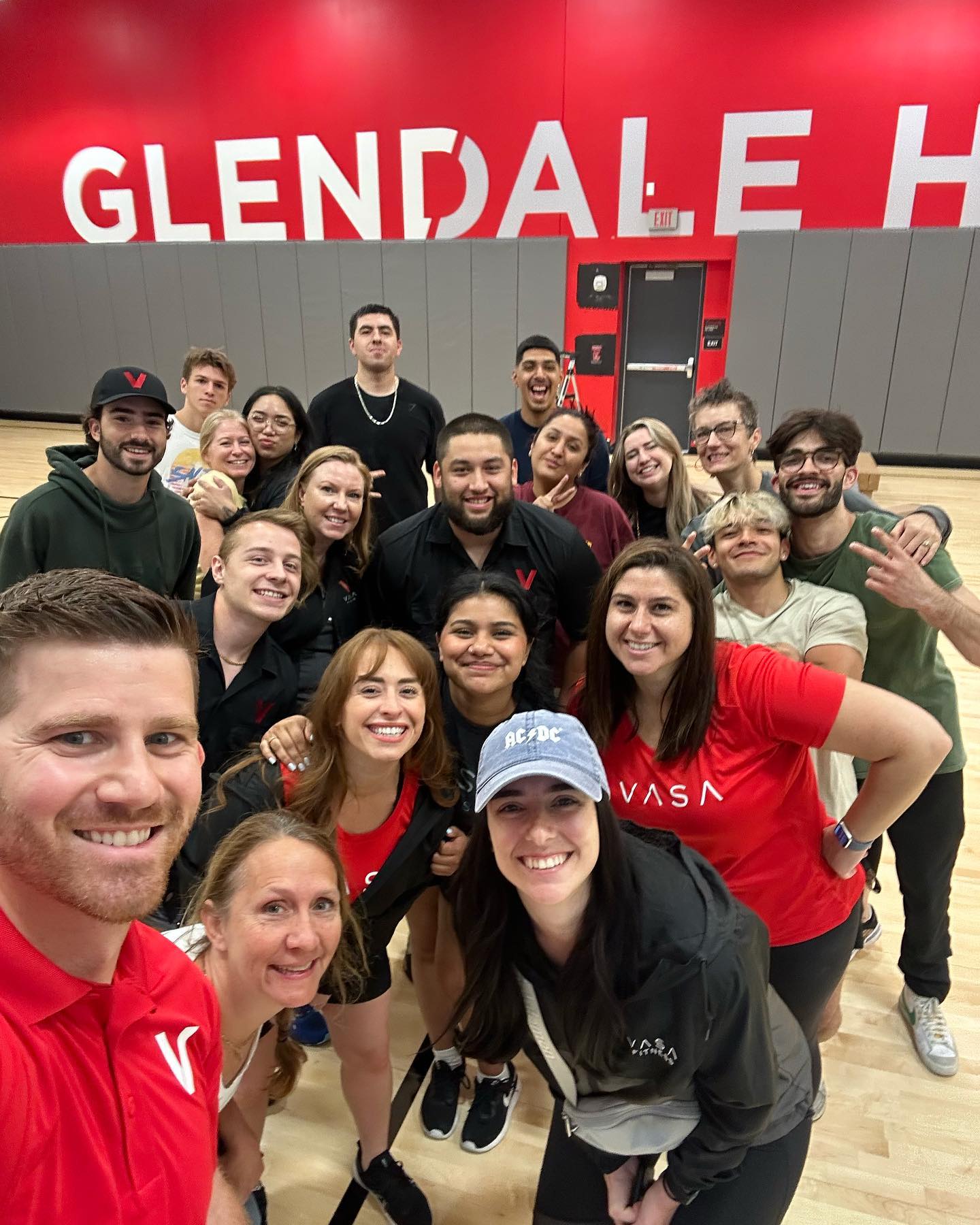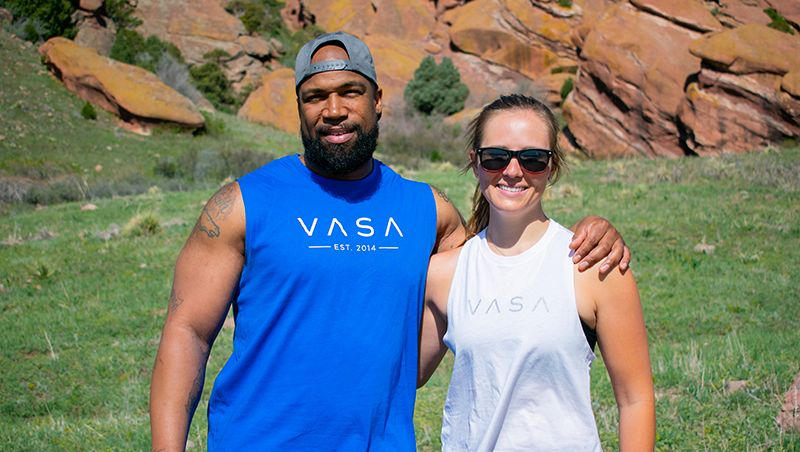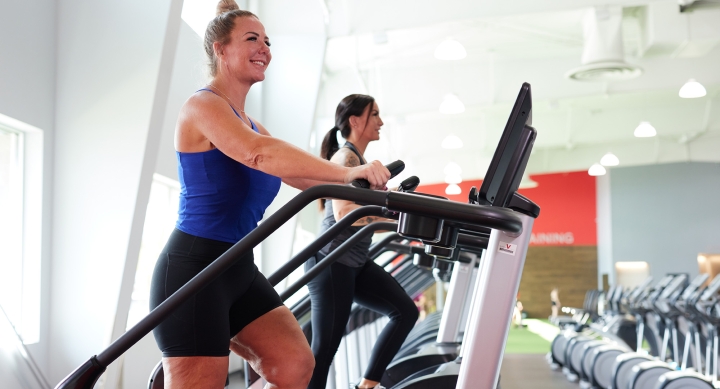Training for Health and Sport are not the Same Thing
Life outside the gym is the driving factor behind the type of training you should do in the gym. While being able to dunk is important to an NBA player, being able to pick up a heavy box or young kids is more important to most of us. There are six foundational movement patterns—squat, hinge, lunge, push, pull, and carry—we should focus on during our workouts, but the duration and intensity will vary based on your lifestyle and goals outside the gym.
Time is also a very important component of setting fitness goals. The amount of time you spend training varies between professional athletes and the rest of us who want to improve performance and/or health. Professional athletes are paid to have their schedules dictated to them by their coaches, trainers, massage therapists, and the rest of their support team. Their need to quickly perform is achieved by sacrificing their life outside of their sport until their careers are over. The rest of us manage our own schedules and use exercise to maintain mental wellness, get strong to avoid injury, and become more resilient to stress so we can lead fulfilling lives. Work, family commitments, commute times, recreational activities, and the holidays all dictate the amount of time we can spend exercising.
Being able to train in a way that supports your goals, whether you’re a pro athlete or just starting out on your fitness journey, is paramount to reaching those goals in a safe and effective manner. Too often, the general population wants to train like the athletes they see on television: slamming battle ropes, pushing sleds, doing heavy squats and bench press, all followed by a sip of their favorite sports drink. What isn’t seen is the team of professionals supporting pro athletes, who ensure they eat well, train properly, and recover well so they can perform at their best.
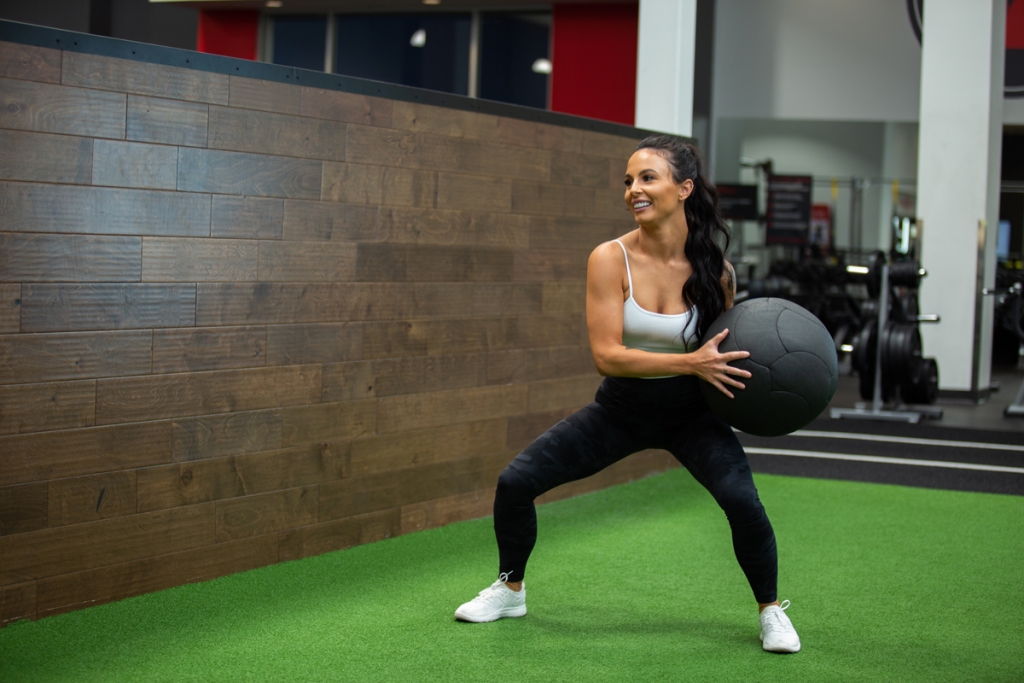
Training For Sport
Athletes train for speed, strength, power, and endurance to support their performance on the court, field, or track. They train in cycles to ensure they are at optimum health and strength when their sport is in season. At times, pain and proper recovery are overlooked because of their competitive schedules. Athletes are pushed to their limits to learn a new skill, refine an existing one, or pile on power to enhance their overall abilities. If this isn’t achieved, and quickly, their entire career could be in danger of ending prematurely.
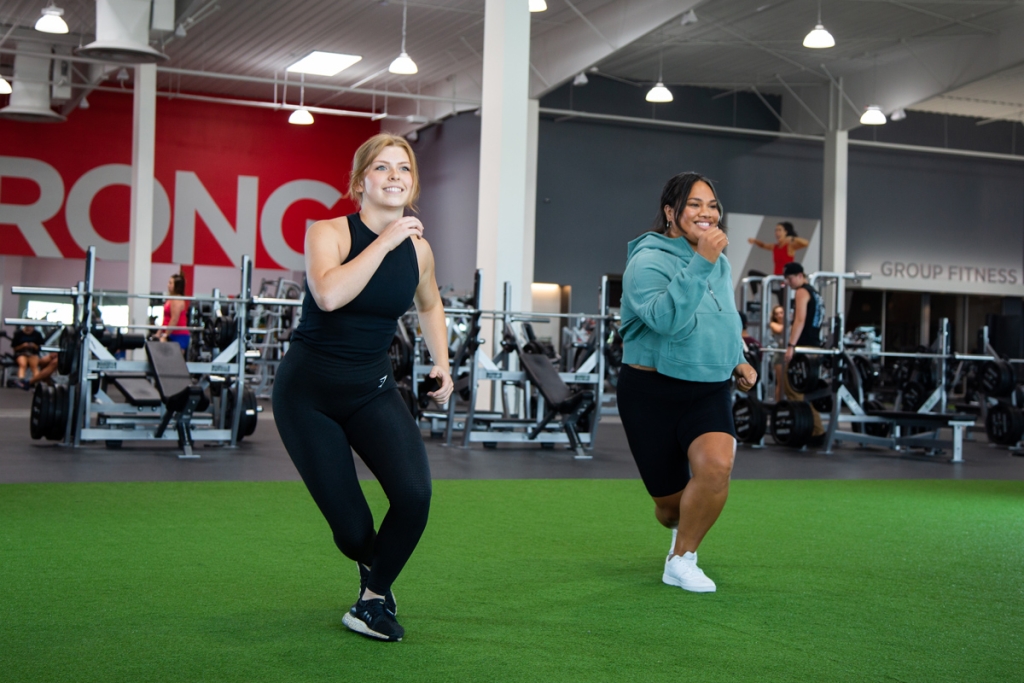
Training for Real Life
The average gym goer usually trains for a variety of reasons. They want to be stronger, move better, lose fat, or just be in better shape. The beauty of training for lifestyle is that you have plenty of time—your whole life—to meet, and maybe even exceed, your goals. Everything you do in the gym should enhance everything you do outside of the gym.
Too often the general population thinks training like an athlete is the best way to achieve their goal. However, this often leads to burnout and injury. When you don’t see results and can barely lift your arms overhead due to major muscle soreness, it’s easier to quit and give up. A long-term, progressive plan that directly addresses your needs, supplemented by rest and proper nutrition, will lead to better results.
Staying pain-free and able to play golf on Saturdays, hike on Sundays, and chase your kids down the driveway are more important than training like the best quarterbacks in the NFL or Olympic sprinters. However, you should train with intent—which means there will be some discomfort—and should prioritize utilizing foundational movement patterns to increase strength and range of motion.
Training With Foundational Movement Patterns
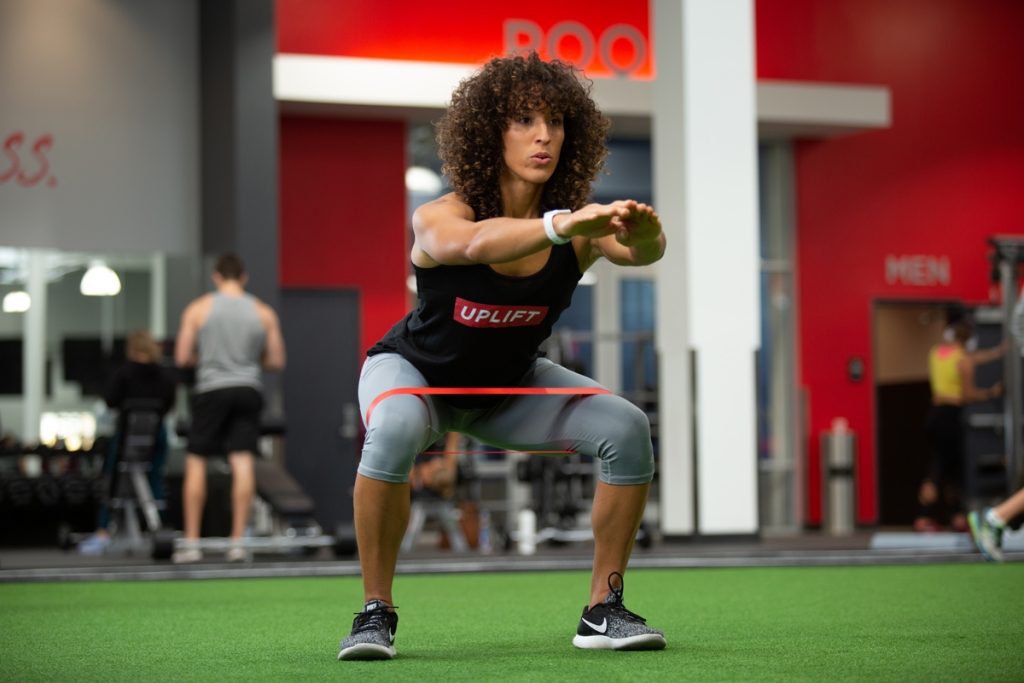
Squat: Everyone should be able to squat, but not everyone needs to squat at maximal loads. Goblet squats, front squats, and barbell box squats are variations of this pattern that allow you to increase load, so you see improvements and strength, endurance, and stability without overly stressing the spine, hips, or knees.
Hinge: The back side of the body tends to be neglected by average gym goers, usually because it’s not easily seen in the mirror, but it’s responsible for keeping us upright and breathing well. Romanian deadlifts, trap bar deadlifts, and kettlebell swings are great for training this movement pattern and supporting your posture without pain.
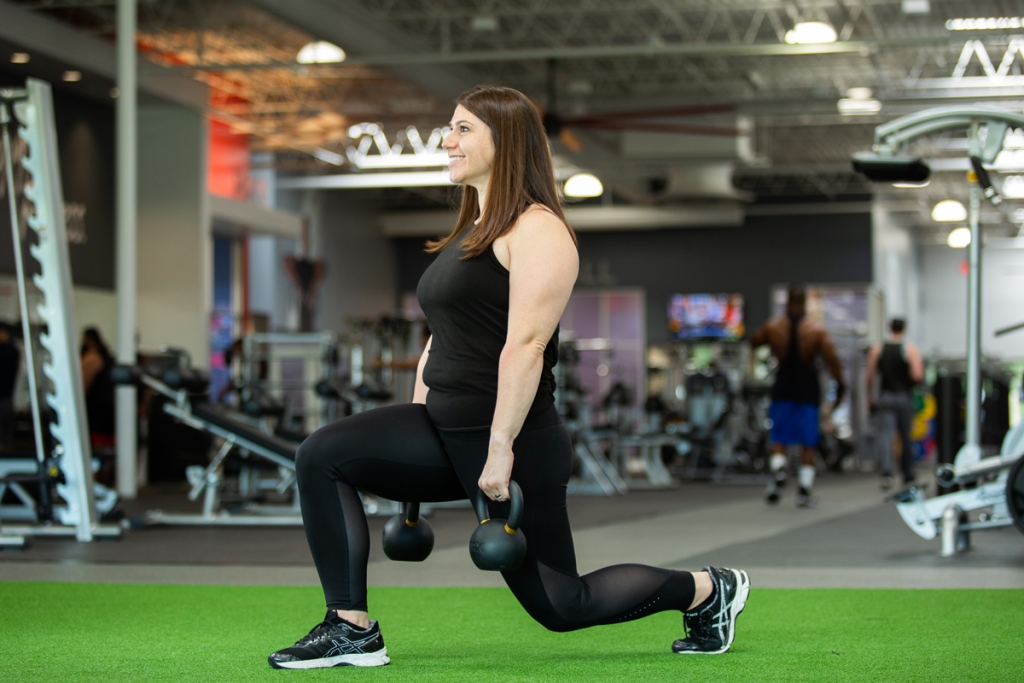
Lunges: Walking is considered a single leg stance, and because of this, humans spend 80% of their standing life in a single leg stance. Lunges tend to get a bad name due to their challenging nature. Split squats, TRX supported lateral lunges, and reverse lunges help keep the lower body strong and stable, which is especially important as we age.
Push: Loading your luggage into the overhead compartment of an airplane can be a challenge if you lack overall upper body strength. The ability to push weight away from your body helps with everyday activities and will give you great looking shoulders and arms. Mastering the basics like push-ups, dumbbell bench presses, and kettlebell overhead presses will give you a lot of bang for your fitness buck.
Pull: Every time you open the car door, refrigerator, or vacuum, you’re pulling something towards your body. Training this same pattern helps with shoulder health and improves posture. Pulling weights towards you at different angles improves range of motion and helps you avoids shoulder pain. Because our bodies are more capable of pulling than pushing, you should be able to pull up to three times the number of reps you can push. Lat pulldowns, dumbbell rows, and face pulls are some of the most common exercises you can add to your training program.
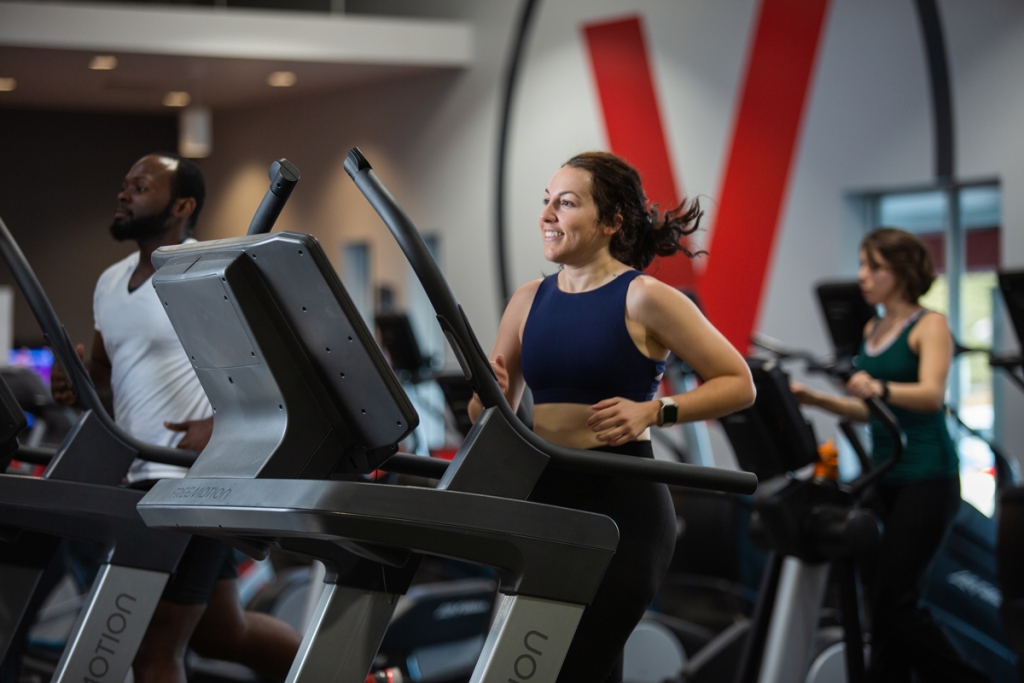
Carry: A key indicator of how long you’ll live is grip strength. Being able to carry your bodyweight for 30 seconds proves you have enough strength to complete daily life activities, like carrying groceries, holding a child, or pushing a lawnmower. If you can walk, jog, or run a mile in under 15 minutes, this means you’re capable of moving your body for long periods of time and a great indicator of your overall endurance.
For all the movement patterns above, complete 3-4 sets of 8-12 reps. This helps promote strength and muscle growth without creating too much stress on the body. Each week, try to add small increments of load, think 2-5 pounds, to improve strength. Combining strength training with aerobic work creates a well-rounded fitness approach and aids in recovery.
Training like a pro athlete is one of the mistakes gym goers make when first starting out. While the movement patterns are the same, the intensity and complexity are what make them different. Taking time to master the basics will keep you injury-free and improve your life outside of the gym!
If you’re looking for a personalized approach to fitness, train with one of VASA’s certified Personal Trainers. During your first consultation, you’ll take an InBody scan for a comprehensive view of your body, enjoy a mini workout so your Trainer understands your current fitness level, talk about your goals, and create a plan so you can achieve them! Working with a Personal Trainer will ensure you use proper form, get in a great workout, and get strong so you can feel confident inside and out of the gym.
SUBSCRIBE TO OUR BLOG
Enter your email to start receiving our blog emails!
